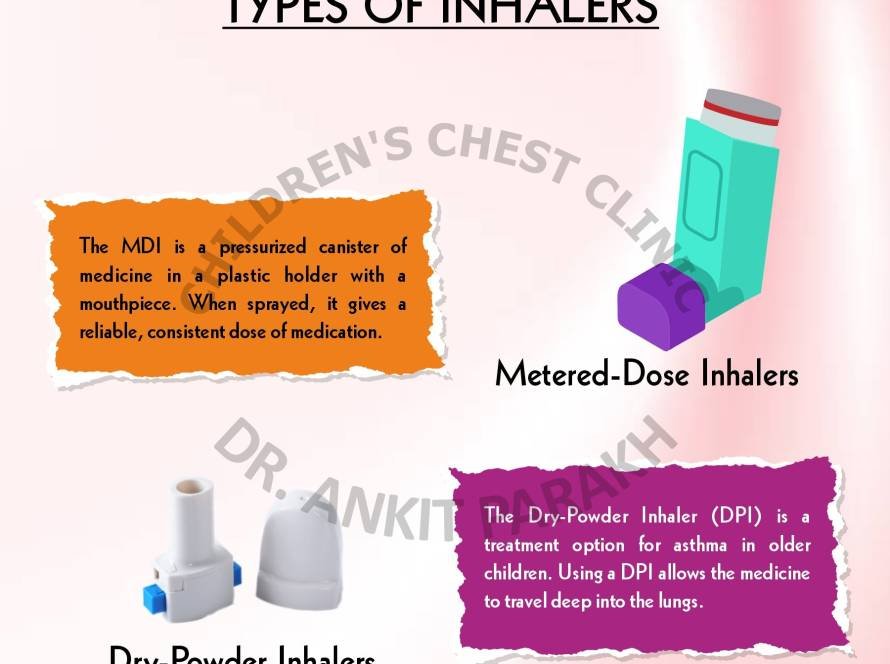Pets can be a major source of allergy in children. With increasing number of pets in household PET ALLERGY has been on the rise world over and even in India. Let’s understand how this happens.
How does Pet Allergy happen?
Pet allergy is mainly related to the dander produced by the animals. Animal Dander are tiny skin flakes shed from the skin of furry animals like cats and dogs. Dander is very small in size and not visible to the naked eye. It can be widely transported through the air. Dander can enter the mucous membranes in the nose and lungs of children and cause pet allergy in children who are specifically allergic to these triggers. Additional allergen come from sources other than the animal’s skin like proteins found in saliva, urine and faeces from cats, dogs and other pets can cause pet allergy reactions in some children. Dust from dried saliva, urine and faeces can become airborne, where it can be inhaled by children and cause allergic reaction. Dander accumulates in carpets, upholstered furniture, mattresses and pillows.
The fur is generally not a trigger itself although furry animals are more likely to carry allergens. Hence, pets with short hair or no hairs can contribute dander similar to long-haired animals. There are NO hypo-allergenic or non-allergenic dog or cat.
What are the allergens in pets leading to Pet Allergy?
The most common allergies are caused by the Fel d 1 protein from cats and the Can f I and Can f II proteins from dogs. Cat pet allergy is much worse than pet allergy to dogs. Cat dander protein is smaller and lighter. It can travel distances and can be found in schools or day care with no cats.
How do I know whether my kid has a Pet Allergy?
We can perform a skin allergy testing for pet allergy for cats and dogs. Remember that your child can have a pet allergy even if you do not have a pet. Kids with pets at friends or relatives can develop pet allergy. Cat allergen is very sticky and can stick to clothes and travel to the class or day care and spread to other children. Hence, pet allergy can also develop in children in the same class or day care even if they never visited the household where the cat resides.
What can be done for Pet Allergy?
For homes with children having allergies, the best is to find pet a new home. However, pet allergens may stay in the home for months after the pet is gone might be up to a year. Pet allergy symptoms hence might take weeks to months to improve. Sometimes, removal of pet might be emotionally distressing. Regular washing the pet, keeping pet away from bedroom and cleansing methods like damp dusting and vacuuming can help reduce dander at home. Occasionally, immunotherapy with allergy shots or drops can be used to treat pet allergy.






